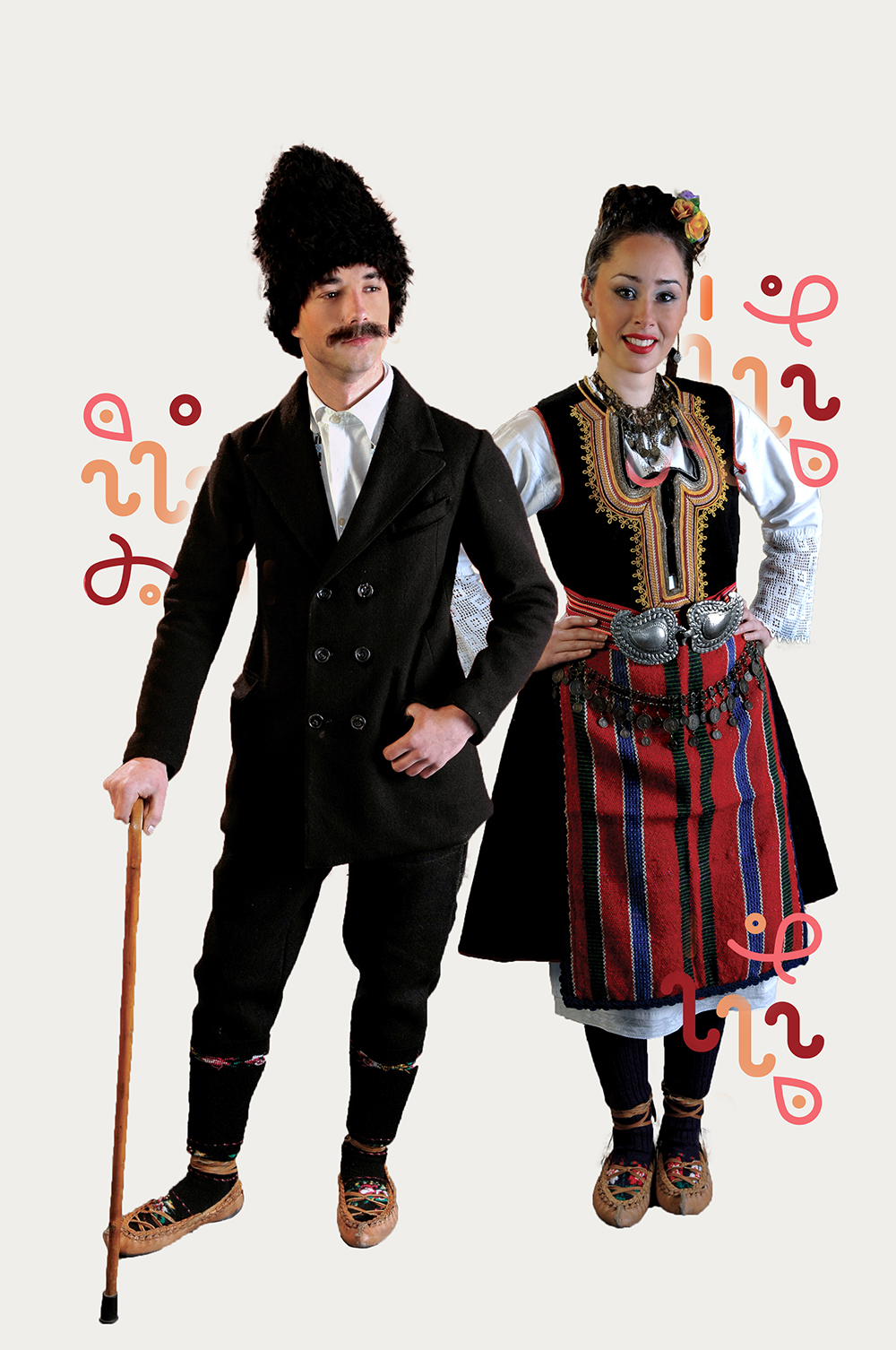


Visok
In the region of southeast Serbia, a type of scarf called zabratka, made of thin linen of larger dimension, worn in such a way that it was diagonally laid on the top of the head, so that the front part of the hair remains uncovered and visible (which is not often the case in Serbian tradition when it comes to head covering). A decoration made of white lisle lace and multi-coloured glass grains- manistra, was very often put along the borders of this scarf. To fix zabratka, richly decorative filigree pins were used. There were three pins with small heads, one in the middle and one on each side. Two feathers of zabratka were inrolled behind the neck, under the braid, whereas the middle feather went freely down the back. Width of the scarf below the back of the head was most often crinkled and previously tailored in such a way that it looked like a cap. In some districts, it was a custom that bridesmaid put zabratka on the bride`s head for the first time. This rite was performed usually under the apple tree or some other fruitful tree in the groom`s yard. After she put zabratka and washed her face with wine, the bride was taken into a new home.
Read more


